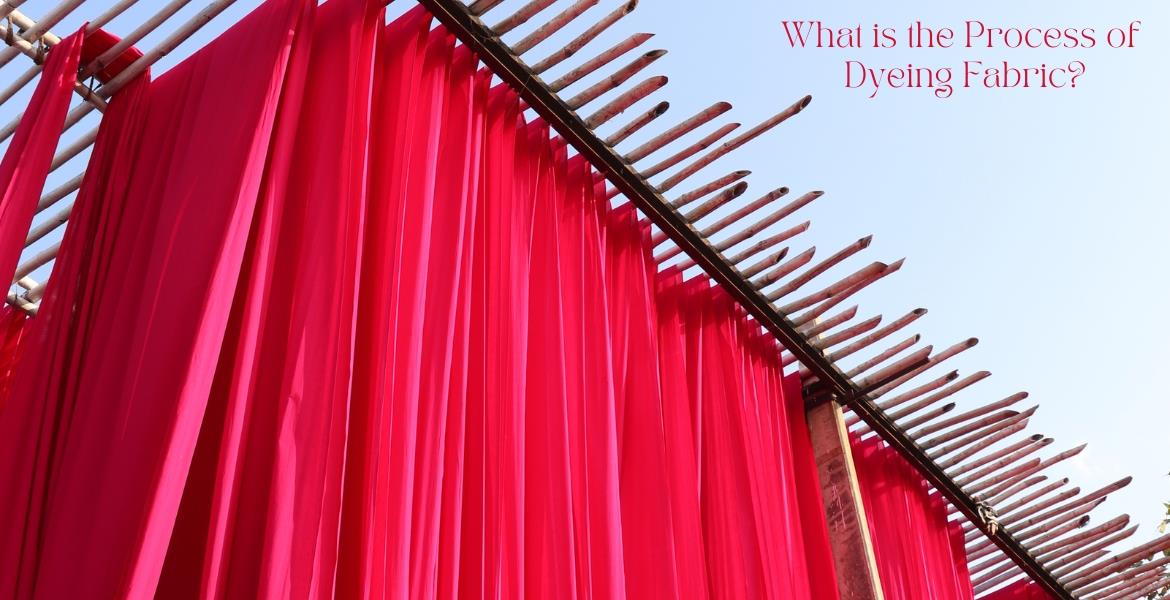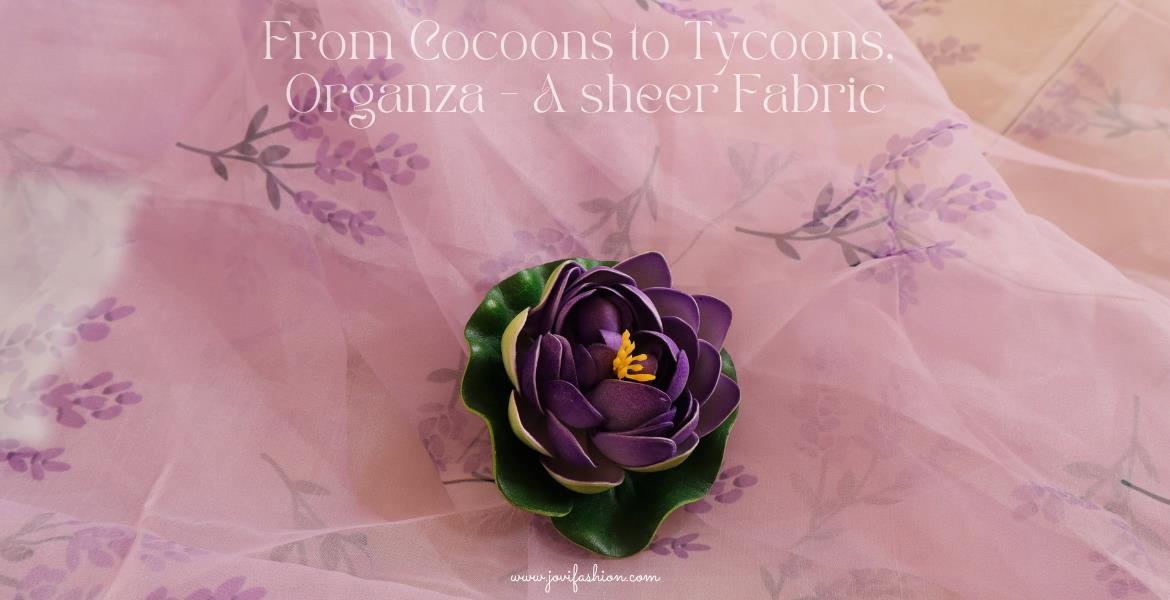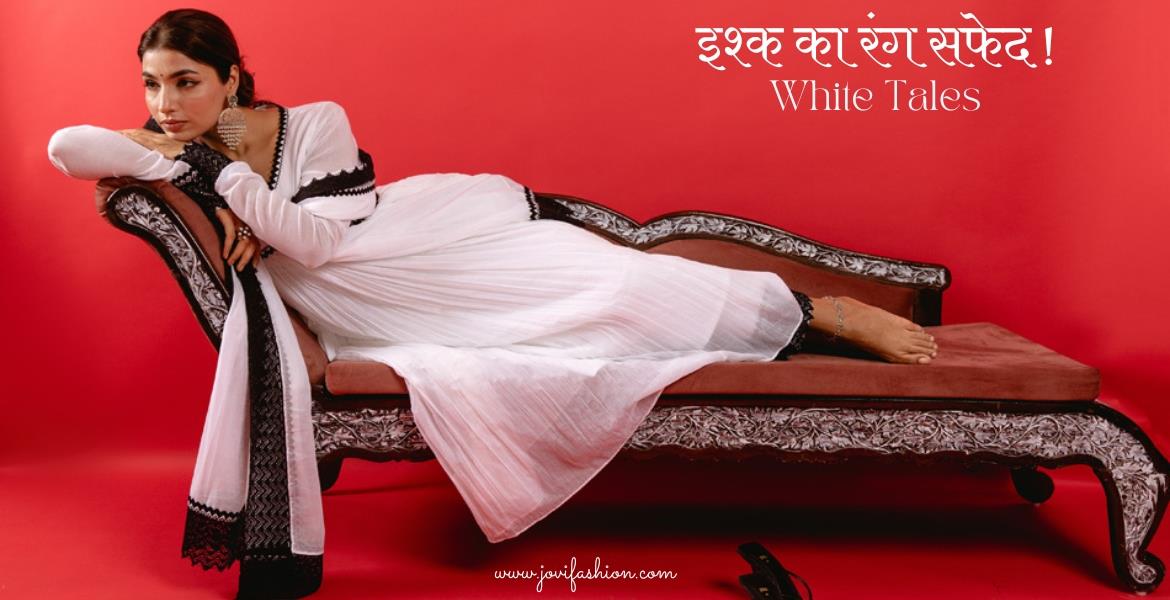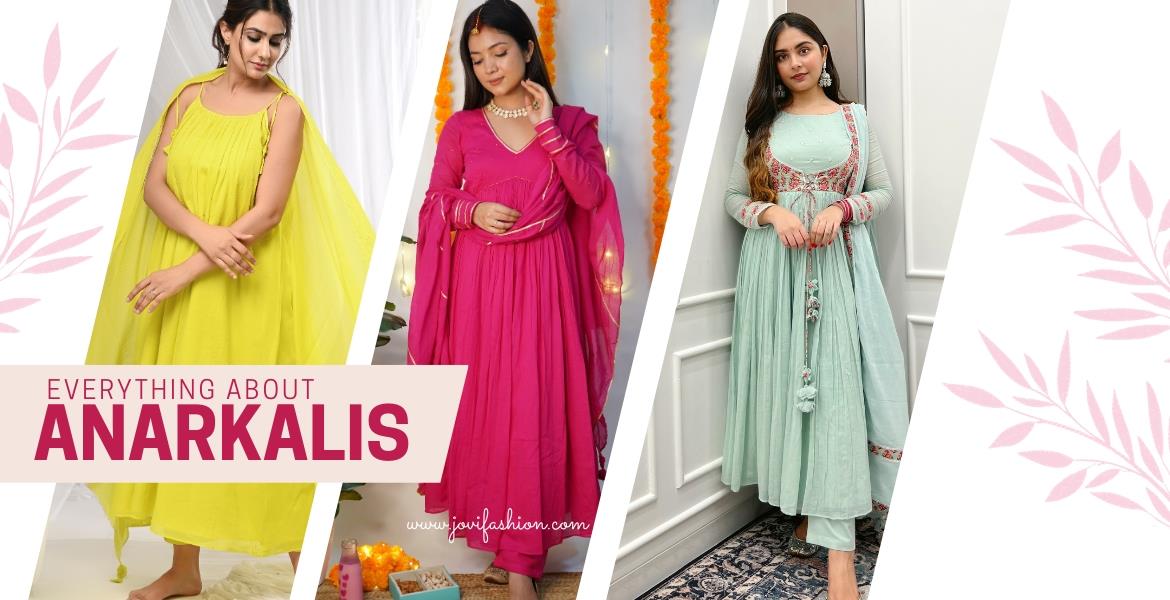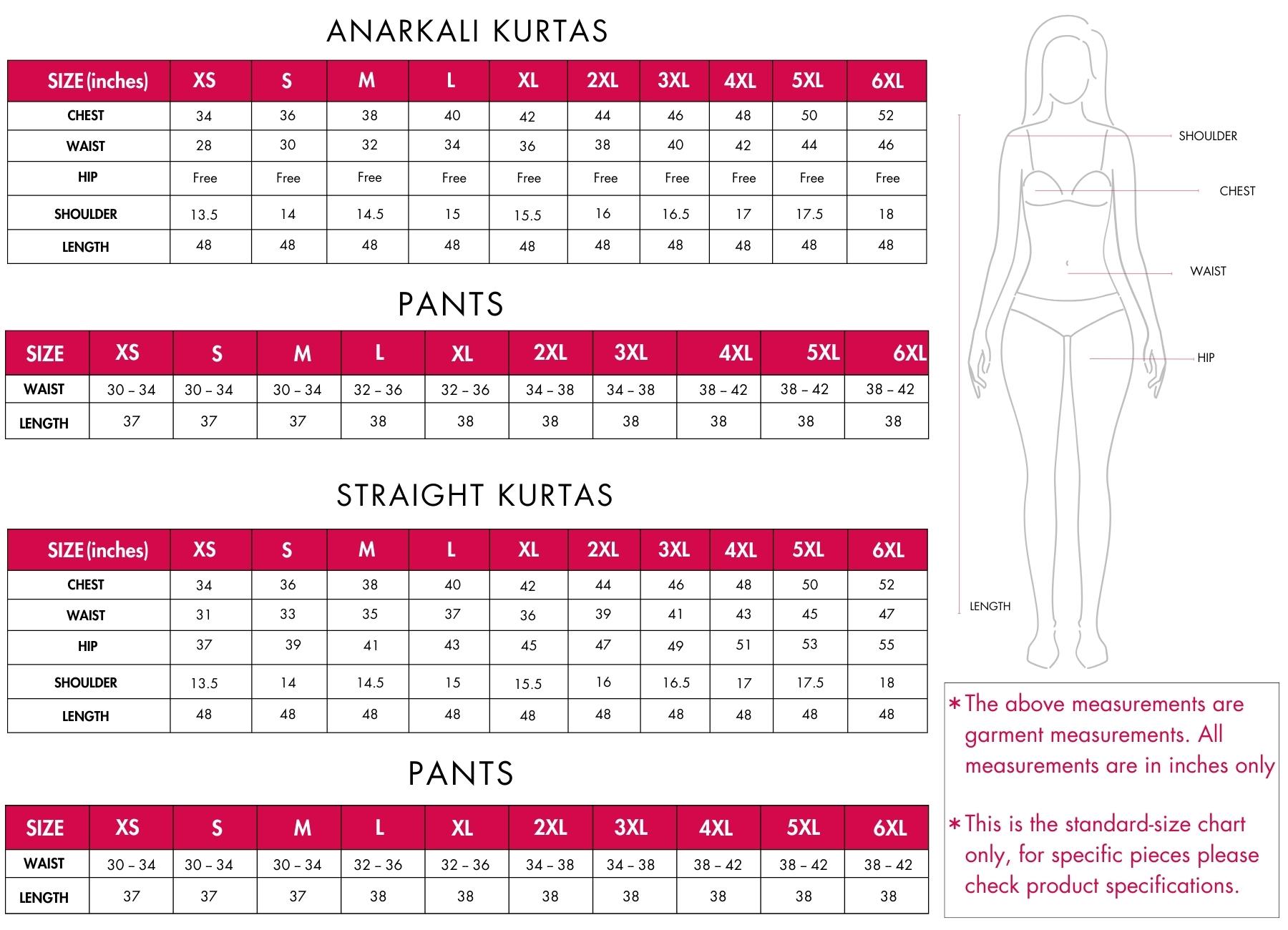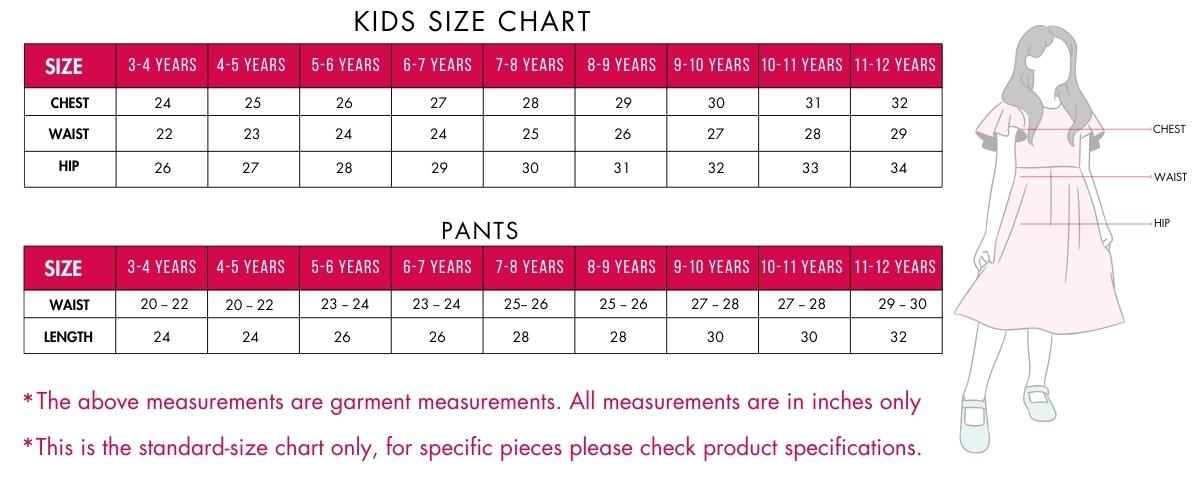Dyeing Process of Textile
Dyeing the fabric means transferring the color to the textile material (yarn or final fabric.) Scholars have found mention of the dyeing process of textiles as far back as 2600 BCE. Yes, fabric dye is such an old process. Primarily, the source of dye was nature. The dyes/colors were extracted from animals or plants. Since the mid-19th century, humans have started producing artificial dyes to get a broader range of colors and also to have more long-lasting ones.
Dyeing- The Imparting color
Dyeing is a process of imparting color to textile materials like fabrics, yarns, and fibers. It is an ancient art and has been used by humans for thousands of years. Dyes come in four forms- powders, pastes, crystals, and liquid dispersions. They all get completely dissolved in an aqueous solution like water. When the textile material is dipped into it, the dye molecules get fixed on the fibers. The dyeing process is all about absorption and diffusion. Absorption is the transferring of dyes from the aqueous solution onto the fabric surface and diffusion is the dyes getting diffused into the fibers. Of course, the temperature and other controlling factors play a major role. This dyeing can be either done by hand or machine. Also, different kinds of dyes are used for different types of fabrics.
For example, acid dyes are used to dye wool and silk, the basic dye is used for acrylic fabric, disperse dyes for polyester yarn, mulmul and cotton can be dyed with a variety of dyes like vat dyes, direct dyes, and modern synthetic reactive.
Nowadays tie and die has become the most popular trend among people. They love wearing tie and dye Indian ethnic wear, shirts, and dresses that look stunning and beautiful during the summer season.
Textile Pre-Treatment Process
Textile pre-treatment is an essential process that ensures the quality of the final textile product. The fabric dyeing process step by step that is done to prepare the raw material for further processing. This process of dyeing involves several steps, including singeing, de-sizing, sourcing, bleaching, mercerizing, and dyeing. Each of these steps plays a crucial role in the overall quality of the textile product.
Singeing and Desizing:
They are the first two steps of pre-treatment respectively. Singeing is done to remove the loose, hairy, and projecting fibers from the surface of the fabric. These fibers are often present in natural fibers, such as cotton and wool. They can make the fabric look uneven and reduce the quality of the final product. Desizing is done to remove the gummy materials over the fiber. These materials are often present in the form of starch or sizing agents used in the weaving process. This process makes the fabric softer, more pliable, and easier to work with.
Sourcing:
This is done to remove the impurities over the textile material. Sourcing is done to eliminate the impurities present in the raw material. These impurities can include dust, dirt, oil, or any other foreign particles that methods of dyeing may be present on the fabric. Sourcing is done by washing the fabric in hot water and soap or with the help of chemicals.
Bleaching:
In this step, the natural color of the raw materials is reduced. This step is done to prepare the fabric for dyeing or to achieve a specific shade of color. Bleaching is done with the help of chemicals or by exposure to sunlight. This process makes the fabric whiter and brighter, making it easier to dye and giving it a more appealing appearance.
Mercerizing:
It is an additional step and it is done to increase the strength and luster of the material. This process is done by treating the fabric with sodium hydroxide under tension. This process causes the fiber to swell and makes it stronger and more lustrous. It also improves the dye uptake of the fabric, making it easier to dye and giving it a more vibrant color.
Dyeing:
Here the material is dyed into another color. It is the last process of pre-treatment textile that sees the refined appearance of the fabric that has to be manufactured. Dyeing can be done with natural or synthetic dyes, depending on the desired outcome. It is a crucial step in the pre-treatment process, as it determines the final appearance and quality of the textile product.
Wait, are you thinking the same What’s there on my mind? Then what’s the difference between painting and dyeing? When you paint a fabric, you are coating the surface of it but when you dye, you are changing the crystal structure of it. Well, that’s too much chemistry. For now, what is important to understand is that dyes are more saturating and permanent. The clothes dyed into colors last through many wears and washings.

